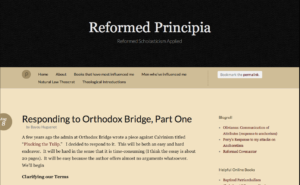
Click Here: Responding to Orthodox Bridge, Part One
On 8 August 2013, Jacob Aitken, the administrator for Reformed Principia aka Bayou Huguenot aka Outlaw Presbyterianism, posted what he claims to be a rebuttal of my article: “Plucking the TULIP: Part I.” PDF file.
See Aitken’s Responding to Orthodox Bridge: Part One. Below is my response to him.
TULIP = Calvinism?
Jacob Aitken writes:
Arakaki identifies Calvinism with TULIP with Predestination. In doing so he is operating off of the severely challenged “Calvin vs. the Calvinists” Paradigm. This paradigm states in its various forms that Reformed theology is a decretal theology centered around the doctrine of Predestination. The work of Richard A Muller has effectively buried this thesis (Post-Reformation Reformed Dogmatics, vo. 1, Christ and the Decree).
In one sense my rebuttal is already complete. Arakaki thinks that the Reformed faith is predestination is TULIP. By rebutting him along these lines I give credence to his flawed analysis, such that it is. I suppose it can’t be helped.
First of all, let me state that Calvin’s theological system is a rich and complex one. Double predestination is one particular doctrine taught by Calvin among others, but it cannot be denied that it was significant and integral to his theology. Further, I would assert that for many adherents of Reformed Christianity the doctrine of double predestination is central to their theology because it arises from their understanding of divine sovereignty. Ironically, my personal theological orientation prior to becoming Orthodox was Mercersburg Theology which did not give much emphasis to double predestination. But the working premise of my blog posting was that for many Reformed Christians TULIP = Calvinism.
I have several questions for Jacob Aitken on this matter. One, is it not a fact that for many adherents to Reformed Christianity the doctrine of double predestination is an integral and indispensable doctrine? Two, are you saying that double predestination falls into the category of adiaphora, that one can be Reformed without holding to double predestination? Three, if so what is the distinctive core doctrine(s) to Reformed theology?
By What Confessional Authority?
Mr. Aitken writes:
However, in a footnote he says, “Unlike Lutheranism with its Formula of Concord, the Reformed tradition has no confessional statement with a similar normative stature (Pelikan 1984:236).” I was stunned when I read this. Does he not realize that the 3 Forms of Unity are ecclesiastically binding upon Dutch and German Reformed Churches? He says above that the Canons of Dort represent the Church’s teaching. Did he forget that he just said that? Does he not realize that the Westminster Standards not only are binding upon Anglo-American Reformed Churches, but when interpreted in the light of the Solemn League and Covenant, are binding upon the kingdoms of England, Ireland, and Scotland? If he cannot get these most basic points established, what hope does the reader have that he will be able to seriously represent the intricacies of Reformed Theology?
It should be noted that I did not assert that there was no binding confessional authority in the Reformed tradition; what I asserted was that there was no confessional authority similar to the normative stature of the Formula of Concord among Lutherans. To refute my footnote about the Lutheran Formula of Concord, all Mr. Aitken needs to do is demonstrate that there is one confessional statement binding on all Reformed churches or at least comparable in stature to the Formula of Concord. This he fails to do. If anything he supports my point when he asserts that the 3 Forms of Unity (Belgic Confession, the Canons of Dort, and the Heidelberg) are binding on Dutch and German Reformed churches, while the Westminster Confession is binding on the Anglo-American Reformed churches. No one confession binds both the Anglo-American and the Continental Reformed theological traditions. This is why in “Plucking the TULIP” I took care to supplement my quotes from the Canons of Dort with that from the Westminster Confession and other Anglo Reformed confessions. Furthermore, my footnote was based on an observation by Jaroslav Pelikan. Mr. Aitken has unwittingly called into question the scholarship of the widely respected Yale professor of Christian history and author of the magisterial five volume: The Christian Tradition: A History of the Development of Doctrine.
The largest Reformed body is the World Communion of Reformed Churches which represents about 80 million believers. That world body recognizes 3 confessions: the Belgic Confession, the Canons of Dort, and the Heidelberg Confession. So there isn’t “a” single confession representing the Reformed Church, but rather three. Predestination IS a major doctrine within the Canons of Dort. Reformed like to “hush, hush” predestination, or in some way minimalize its doctrine within the Reformed Church, as it is quite discriminatory (and therefore against modern sensibility). However, there has been no action within the Reformed Church to officially repeal or dismiss the doctrine of predestination.
I would note that Mr. Aitken claims membership with NAPARC (North American Presbyterian and Reformed Council), a much smaller body that claims a little over half a million members. Neither does this particular body claim one single confession as preeminent among the various confessional statements. And even more striking is the fact that neither the World Communion of Reformed Churches nor the North American Presbyterian and Reformed Council have officially affirmed human free will with respect to regeneration. All that Mr. Aitken has to show us is a quote from Richard Muller: “We believe in liberum arbitrium, free choice, which is a more accurate rendering than “free will.” I challenge him to provide an excerpt from an official action by a Reformed body–past or present–that endorses Muller’s position on liberum arbitrium.
Total Depravity
Jacob Aitken took issue with my understanding that the Scots Confession teaches that as a result of the Fall the divine image was eradicated from human nature. He writes:
Second, he thinks that defaced = eradicated. It does not. It means “marred.”
But even if “defaced” means “marred,” what are we to make of the fact that the adverb “utterly” preceded “defaced”? The Scots Confession Chapter 3 states:
By this transgression, generally known as original sin, the image of God was utterly defaced in man, and he and his children became by nature hostile to God, slaves to Satan, and servants to sin.
If human nature was utterly marred as a result of the Fall, wouldn’t that lead us to think that it means the eradication of the divine image from human nature? Mr. Aitken fails to prove his point here. His etymological analysis which fails to take into account the rules of grammar—the adverb modifies the verb—leads to a seriously flawed argument.
Further, Mr. Aitken makes two questionable quotations, one from the nineteenth Princeton theologian, Charles Hodge, and the other from the Lutheran Formula of Concord. While the two sources make statements that neatly and logically bolster Aitken’s position, their relevance has yet to be established. What Aitken should have done but failed to do was to cite from Reformed confessional documents. It seems to me that he is approaching the matter from the standpoint of ahistorical logic, whereas I am approaching the matter historically and ecclesially.
Augustine Versus Irenaeus
Jacob Aitken writes:
One may legitimately ask, though, why Irenaeus’ reading is to be preferred to Augustine’s? Irenaeus doesn’t offer anything resembling a logical argument, nor does Arakaki. There is nothing here for me to rebut because there is no logical argument.
There are two major theological paradigms for understanding the Fall. Western Christianity in both its Roman Catholic and Protestant expressions has been heavily influenced by Augustine of Hippo, while Eastern Orthodoxy has been influenced by Irenaeus of Lyons. Jacob Aitken complains that I do not present a logical argument for preferring Irenaeus over Augustine. I have two responses. One, the biblical text can be read either way and that the way one reads Genesis 3 depends much on which theological tradition one belongs to. Two, I would note that neither did Mr. Aitken present a logical argument for preferring Augustine over Irenaeus. Since he is so concerned about logical argument it is incumbent on him to provide a logical argument for giving preference to Augustine over Irenaeus.
Patristic Consensus Versus Medieval Scholasticism
Jacob Aitken is dismissive of my appeal to the patristic consensus. He writes:
I couldn’t help but chuckle at this since Orthodoxy has its own narrowness. Lossky, anybody? Arakaki mentions the “patristic consensus.” This will figure later into his argument on Scripture, but I will cut it off at the ford. The Eastern Orthodox have yet to give a coherent, non-circular definition of the patristic consensus.
The next page in Arakaki’s paper is a litany of quotes from the Church fathers on free will. Since I have already demonstrated the Reformed position on free will, and that Arakaki’s charges miss it, I see no point in responding to these patristic citations.
He complains that I do not employ the deductive logic of medieval Scholasticism. My response is that I am using the ancient theological method expressed in the Vincentian Canon which places emphasis on catholicity and apostolicity. The patristic consensus method has its origins in the Council of Jerusalem: “Now the apostles and elders came together to consider the matter” (Acts 15:6, OSB). This conciliar method agrees with Scriptures advocating Christian unity (John 17:20-23; Ephesians 4:1-6). For the first millennium the Church was conciliar in its theological method and Eastern Orthodoxy to this day continues to adhere to this ancient way of doing theology.
There are two major problems with the theological method of medieval Scholasticism favored by Mr. Aitken. One, it is at odds with the theological methods of the early church fathers. Two, it is an innovation that arose from the insertion of the pre-Christian philosopher Aristotle into Western Christianity.
I issue a two-fold challenge to Mr. Aitken: (1) demonstrate the superior logic of medieval Scholasticism over the ancient patristic consensus method, and (2) either show that deductive Aristotelian logic was employed by the early church fathers or that Christian theology is fundamentally evolutionary in nature.
Since Mr. Aitken is so concerned about the need for logical argumentation I present the following syllogism:
(1) Epistemological validity is commonly based on the finding of the majority. This is the method that forms the basis of scientific fact, democracy, and judicial opinion.
(2) Eastern Orthodoxy uses the consensus of the majority (Biblical, patristic, ecclesiastical, and lay) to inform its theology and practice.
(3) Therefore, Eastern Orthodoxy is epistemologically valid.
Liberum Arbitrium (Free Will)
On the subject of free will Jacob Aitken cites Richard Muller to make his point. He writes:
Yet this is not what the Reformed believe. We believe in liberum arbitrium, free choice, which is a more accurate rendering than “free will.” As Richard Muller notes, “[T]he faculty of will (voluntas) is free and that the bondage into which humanity has fallen is not a bondage of the faculty of will as such” (Muller 1995, 176). What has been lost, or rather limited, is the freedom of choice particularly to salvation. Further, Will is distinct from intellect (intellectus) [330]. The intellect is that which knows objects, and the will is that which has a desire for them.
What is striking is Mr. Aitken’s failure to quote from Calvin or the major Reformed confessions. While Muller’s scholarship is not in doubt, the question here is whether Muller’s writings supersede that of the Reformed confessions. Furthermore, is Mr. Aitken saying that Prof. Muller speaks with authority for the Reformed tradition today?
The issue before us is not the lack of human free will with respect to external matters but with respect to our salvation in Christ. What does Mr. Aitken make of the following statement from the Second Helvetic Confession Chapter 9: “Wherefore, man not yet regenerate has no free will for good, no strength to perform what is good.”? And Chapter IX.iii in the Westminster Confession “Of Free Will” we find: “Man, by his Fall into a state of sin, hath wholly lost all ability of will to any spiritual good accompanying salvation….” And Chapter X.ii of the Westminster Confession “Of Effectual Calling” we find: “This effectual call is of God’s free and special grace alone, not from anything at all foreseen in man, who is altogether passive therein, until, being quickened and renewed by the Holy Spirit, he is thereby enabled to answer this call, and to embrace the grace offered and conveyed in it.”
Jacob Aitken’s Conclusion
Mr. Aitken ended his blog posting with: “I think I have demonstrated that the author has not read the Reformed sources, does not show an adequate understanding of official Reformed documents, and offers little in the way of an actual analysis and critique.” One, a quick glance at my multiple citations from Reformed confessions will show that it is ludicrous to claim “the author has not read the Reformed sources.” Two, I find the insinuation that Mr. Aitken has a superior understanding of official Reformed documents insulting and dubious. As I reread Jacob Aitken’s blog posting I did a count of his sources: Reformed confessions = 0; Richard Muller = 2; Charles Hodge = 1; and Lutheran Formula of Concord = 1. Three, the criticism that little has been offered “in the way of actual analysis and critique” leaves me wondering whether the criticism applies to me or to Mr. Aitken himself. I leave that for the reader to decide.
My Concerns
My biggest concern has been the contentious tone of Jacob Aitken’s recent blog posting. A friend after reading Aitken’s article commented: “It seems like he’s trying to pick a fight with you.” I am not upset with the theological differences between me and Mr. Aitken as with his calling into question my scholarship. I have tried to ensure that my blog postings on the OrthodoxBridge are based on careful scholarship. I wrote this response to let readers know that I do stand by what I wrote and that I am willing to defend my positions.
In this age of Internet dialogue it is important that Christians across theological traditions treat each other with respect charity and respect. Ad hominem attacks against another person’s character are to be avoided and shunned. I welcome responses from others, but I expect them to be based on an accurate understanding of what the other side is saying and respectful in tone. Regretfully, I find these lacking in Jacob Aitken’s criticisms. For these reasons I do not wish to respond further to him until these concerns have been addressed.
Our Christian Heritage
To our readers, visitors, and lurkers, beyond the differences over predestination, it should be recognized that human anthropology, our being made in God’s image and likeness, is a much bigger issue than either of our—Jacob and my—scholarship. It is critical that we all understand how the historic Church has understood what the Scriptures teach concerning human nature and our salvation in Christ. Tragically, the Orthodox tradition historically reflecting what the Holy Spirit taught to the early church fathers has largely been lost from view in our day of splintered Protestantism, obsession with scholastic logicalism, and an ecclesiology detached from history. It is our hope to present serious and sincere Reformed readers with consistent exposure to the church fathers and thus to the historic Church’s thinking on this and other matters. The teachings of the early church fathers constitute a precious ancient heritage that many Protestants have yet to discover and claim as their own.
For our Protestant friends who want to learn from the early church fathers may I suggest that they read my earlier article: “Defending the Vincentian Canon: A Response to Outlaw Presbyterianism.” In addition to learning about the fifth century church father, Vincent of Lerins, the reader will also see how this present blog posting is a repeat of an earlier clash between me and Jacob Aitken. Two articles that Baptists and Evangelicals might find intriguing are: “Baptist Questions About Ignatius of Antioch” and “Patristics for Baptists.” For Protestants who are wary or curious about Tradition, I recommend: “Tradition: Family, Friend, or Foe” by guest contributor “Nicodemus.”
Robert Arakaki
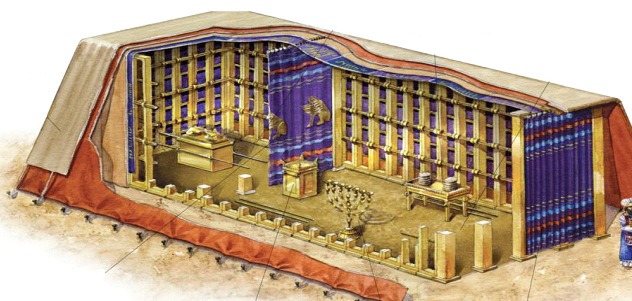
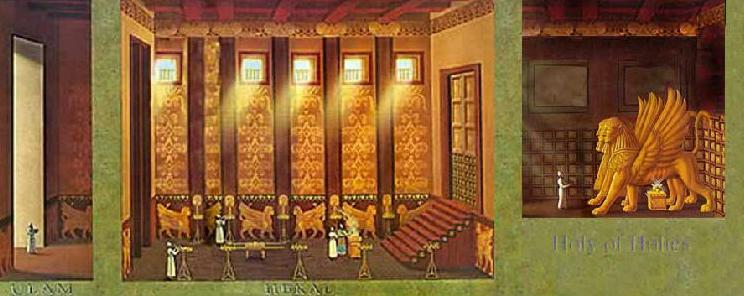


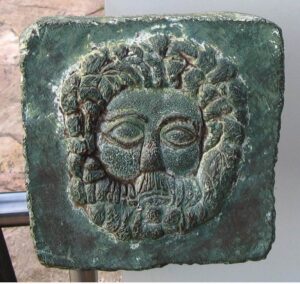
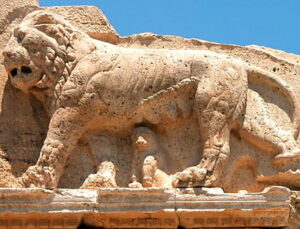
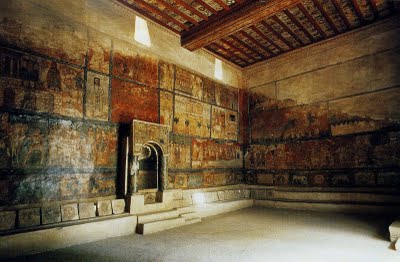

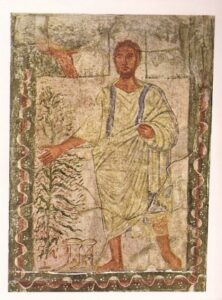
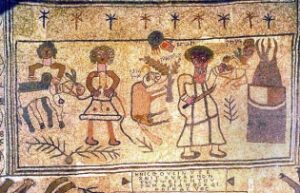
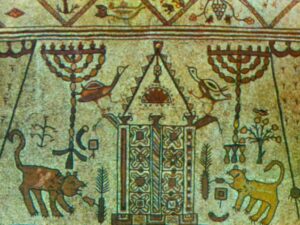

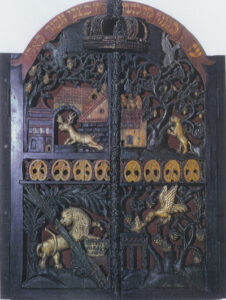
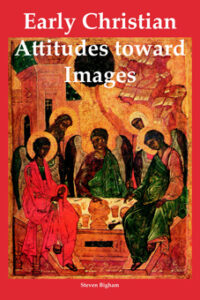
Recent Comments